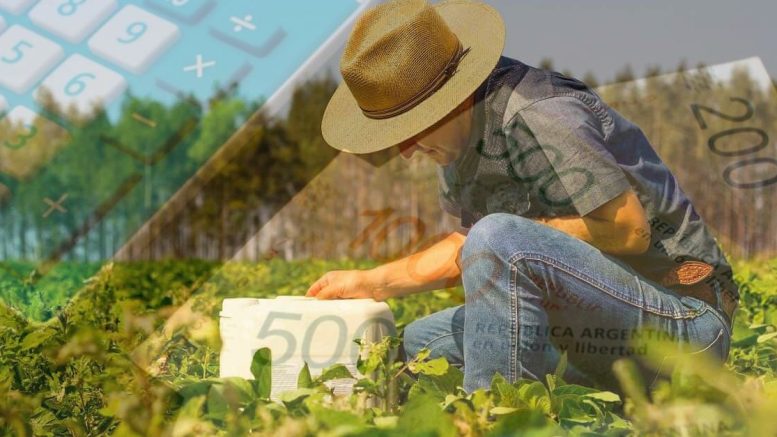“The increase in value of the Argentine peso has a significant impact on the agricultural input sector’s internal costs…”
Germán Rovetto is the commercial inputs manager at fyo, a grain and agricultural inputs company from Argentina.
Rovetto is an agricultural engineer graduated from the National University of Rosario.

Germán Rovetto, manager at fyo
AgriBrasilis – How does the exchange rate for the Argentine peso influence the cost of inputs?
Germán Rovetto – The increase in value of the Argentine peso has a significant impact on the agricultural input sector’s internal costs, especially affecting operational and structural costs, which are measured in dollars, throughout the entire commercial chain. This effect, combined with the drop in international prices, severely deteriorated the business profit margins.
During the last year, important adjustments have been observed in the structure of the inputs sector, especially in large companies that are experiencing oversizing.
This increase in local costs will probably encourage the import of already formulated products, to the detriment of the import of active ingredients for their local formulation.
AgriBrasilis – What are the short- and medium-term prospects?
Germán Rovetto – Agrochemicals on the local market are at historically low prices, largely due to the high levels of inventory accumulated during the 2023 season.
Currently, farmers have virtually no agrochemical inventory, which generates positive sales expectations and improved margins for the current season, although laboratories and distributors still maintain high inventories. In this context, we expect a stable market or a slight recovery in margins.
Regarding fertilizers, the market is behaving more transparently, more closely following international trends. Phosphorus shows sustained demand with low inventory levels, which has led importers to validate prices for the next crop season that are higher than those of the previous one.
In contrast, the nitrogen market is volatile, with ample supply and demand that is yet to fully emerge. This week, two major factors compounded this instability: the war between Israel and Iran, and the Indian procurement tender, which has been confirmed to be much larger than expected.
“The main current obstacle to the commercialization is the low level of local prices…”
AgriBrasilis – How is the exchange rate between grains and inputs?
Germán Rovetto – The fall in grain prices led to a general deterioration in the input/output ratio when compared to the previous season. However, thanks to the drop in input prices, these ratios remain close to historical averages.
In my opinion, other factors within the cost structure of Argentine farmers — such as freight and rentals — are having a much more significant impact on profits than the input/output ratio itself.
AgriBrasilis – What is the overview of access to credit and finance for the farmers in Argentina?
Germán Rovetto – This season presents a very different financial landscape than in recent years: dollar rates are considerably higher, and peso exchange rates are unattractive.
The cost of capital has become a key factor forcing farmers to fine-tune their numbers before making purchasing decisions, which is causing delays in this matter.
Furthermore, with deteriorating profit margins, agricultural input companies are struggling to offer as many promotions and discounts as they did in previous seasons.
In a context of increased risk and even some cases of defaults, many companies are seeking to reduce some risks, which has led to greater bank participation in agricultural financing, primarily through their own platforms and credit cards aimed at the agricultural sector.
AgriBrasilis – What are the obstacles to the commercialization of grains in Argentina?
Germán Rovetto – The main current obstacle to the commercialization is the low level of local prices, strongly impacted by export taxes.
Faced with this situation, many farmers choose not to sell, hoping for an improvement in values that will allow them to have larger profit margins.
However, the concrete possibility of an increase of the retenciones (export taxes) for the end of June could encourage farmers to sell in the short term.
READ MORE:

